Last Updated on December 28, 2022
You may find it hard to access the right information on the internet, so we are here to help you in the following article, providing the best and updated information on Where To Study Astronomy, where to study astronomy uk. Read on to learn more.We at collegelearners .com have all the information that you need about best colleges for astronomy in the world. Read on to learn more.
Where To Study Astronomy
What is Astronomy?

Astronomy is the study of everything in the universe beyond Earth’s atmosphere. That includes objects we can see with our naked eyes, like the Sun , the Moon , the planets, and the stars . It also includes objects we can only see with telescopes or other instruments, like faraway galaxies and tiny particles. And it even includes questions about things we can’t see at all, like dark matter and dark energy .
What are the big ideas about astronomy?
1. When we look up at the night sky, we see patterns and want to explain them
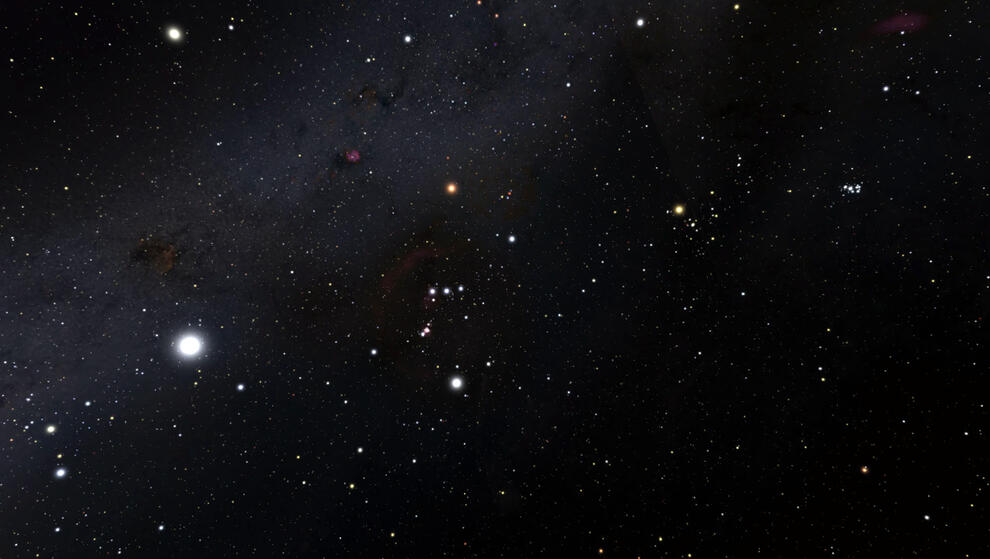
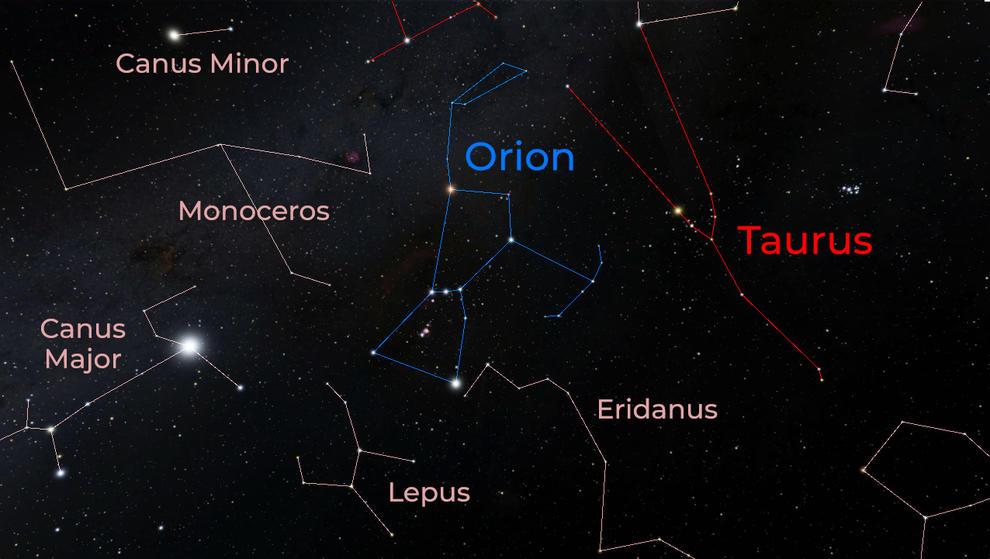
Early observers looking at the night sky noticed patterns in the stars . These patterns, which we call constellations, might appear to change place, but they don’t change shape. People around the world gave them names (like Orion the hunter or Leo the lion) and told stories about them. You may know some of these stories as myths, or as astrology. Astrology can be fun to think about, but it’s different from astronomy. Astrology is not science!
Early observers also noticed some bright objects in the sky that seem to wander around among the stars. The ancient Greek philosophers called these objects “planets,” which is Greek for “wanderers.” The planets are our near neighbors, and they do move. They orbit the Sun , just as Earth does.
2. The sky is vast and distances between objects can be very large
To the naked eye, the stars look like tiny points of light . But stars are not tiny—they’re huge, burning balls of gas, like our Sun. They just appear small because they are so far away. The nearest star to our solar system is 4 light years away, which is 20 trillion miles.

The stars of the Big Dipper may all look the same distance away, as if they were pasted on the wall of a giant dome.
The stars may all look the same distance away, as if they were pasted on the wall of a giant dome. But that’s an illusion too. Some stars are tens of thousands of light years farther away from Earth than others. You can see this illusion for yourself by building your own Big Dipper.
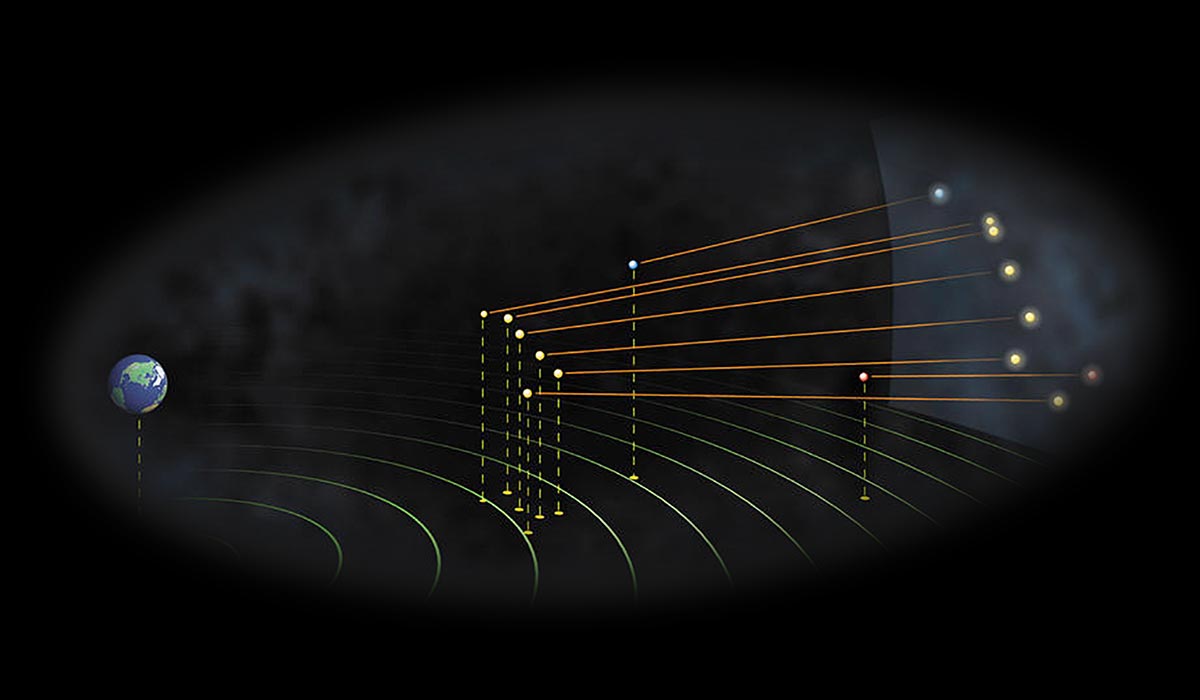
But if you look at the same stars from a different place in the universe, you’ll see that some stars are billions of miles farther away than others!
How can we tell how far away a star is? One clue is its brightness. Distant stars look dimmer than they would if we were close to them. But that clue isn’t very reliable, because stars vary a lot in their brightness. Some stars that stand out in the sky aren’t actually very far away compared to other stars—they’re just incredibly big and bright. And some nearby stars are dim. In fact, our Sun’s closest star neighbor, Proximus Centuri, is so faint and tiny that we need a telescope to see it!
So astronomers rely on measurements of something called parallax to figure out the distances of stars. They look at a nearby star from two different places and compare its position relative to other, much more distant stars.

Give it a try!
Try this!
It’s easy to see for yourself how this works because your two eyes are in two different places. To try it, face a background with a lot of objects in it, like a bookcase or a landscape with trees.
First, hold your thumb up at arm’s length and look at it through your right eye, keeping your left closed. Then look through your left eye, keeping your right eye closed. See how your thumb seems to jump, blocking different books or trees? Next, move your thumb right in front of your nose and try again, looking through each eye separately. See how much farther your thumb seems to jump when it’s closer to your eyes?
Astronomers can use satellites in two different positions (instead of two eyes) to calculate the distance to a star (instead of a thumb).
3. Everything in space is moving all the time
You might feel like you’re sitting still, but you’re actually flying through space incredibly fast! That’s because Earth is carrying you like a spaceship.
Earth is spinning. If you were standing on the equator, you and the spot under your feet would be rotating at a speed of about a thousand miles per hour. But Earth is also orbiting around the Sun, moving even faster: 67,000 miles per hour. And the Sun itself is moving around the center of our galaxy, carrying everything in the solar system with it, at a rate of 490,000 miles per hour. And that’s not all. Our galaxy, the Milky Way , is moving too—at a rate of 872,405 miles per hour. Our cluster of galaxies is moving too. And so is everything else in the universe.
4. Gravity holds everything together
If Earth is moving so fast, why don’t we fly off? Thank gravity for that. Gravity is the force of attraction between all objects in the universe. An object’s gravity depends on its mass —its total amount of matter , or “stuff.” The more massive the object, the stronger the gravitational force. And the closer two objects are, the stronger the gravitational pull between them. Gravity is what keeps your feet on the ground—and what keeps Earth and the planets orbiting around the Sun instead of floating away.
When you jump, you always fall back to Earth. What goes up must come down, right? Not quite! Something can go up and not come down if it reaches the escape velocity, the speed at which it breaks free from a planet’s gravitational pull. That’s how rockets work. Their engines are designed to push the rocket up so hard that it moves fast enough to get away. The universe is full of “runaway” stars and planets that escaped the gravity of their neighbors
5. There’s much more to light than our eyes can see
Light is a form of energy called electromagnetic radiation. We see objects because they reflect, or bounce, light into our eyes. But there’s a whole spectrum of electromagnetic radiation, and our eyes can detect only a teeny, tiny portion of it. That portion—visible light—consists of different wavelengths of light that we perceive as different colors. If you think of the electromagnetic spectrum as a piano keyboard, visible light is the equivalent of a single octave. Objects in space are emitting or reflecting radiation from all across the spectrum, including ultraviolet (UV), infrared, microwaves, and radio waves. To see this invisible electromagnetic radiation, we need to use special tools like microwave telescopes and gamma-ray telescopes.
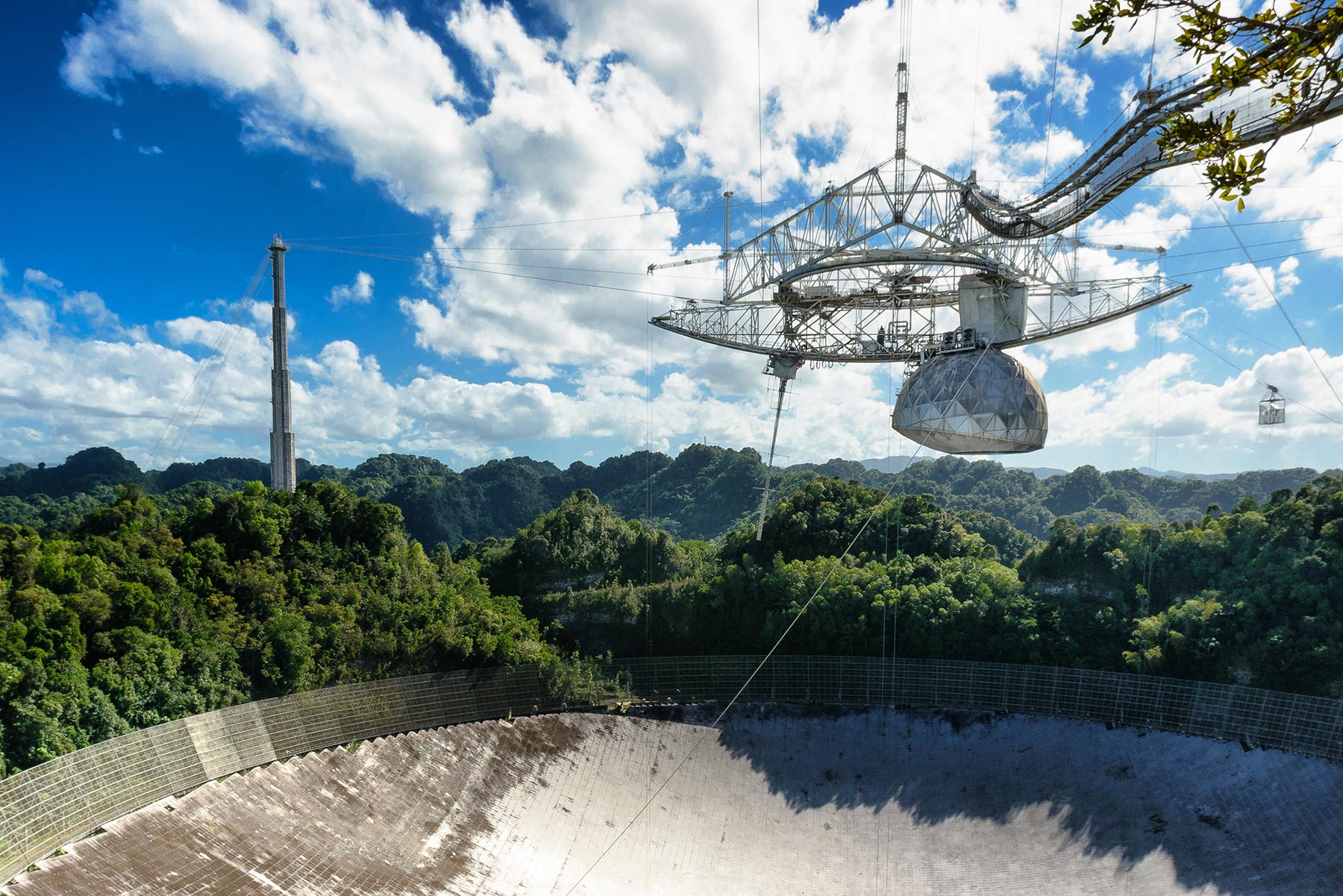 Puerto Rico Chicken Wire Telescope
Puerto Rico Chicken Wire Telescope FAST telescope in China
FAST telescope in China Hubble space telescope
Hubble space telescope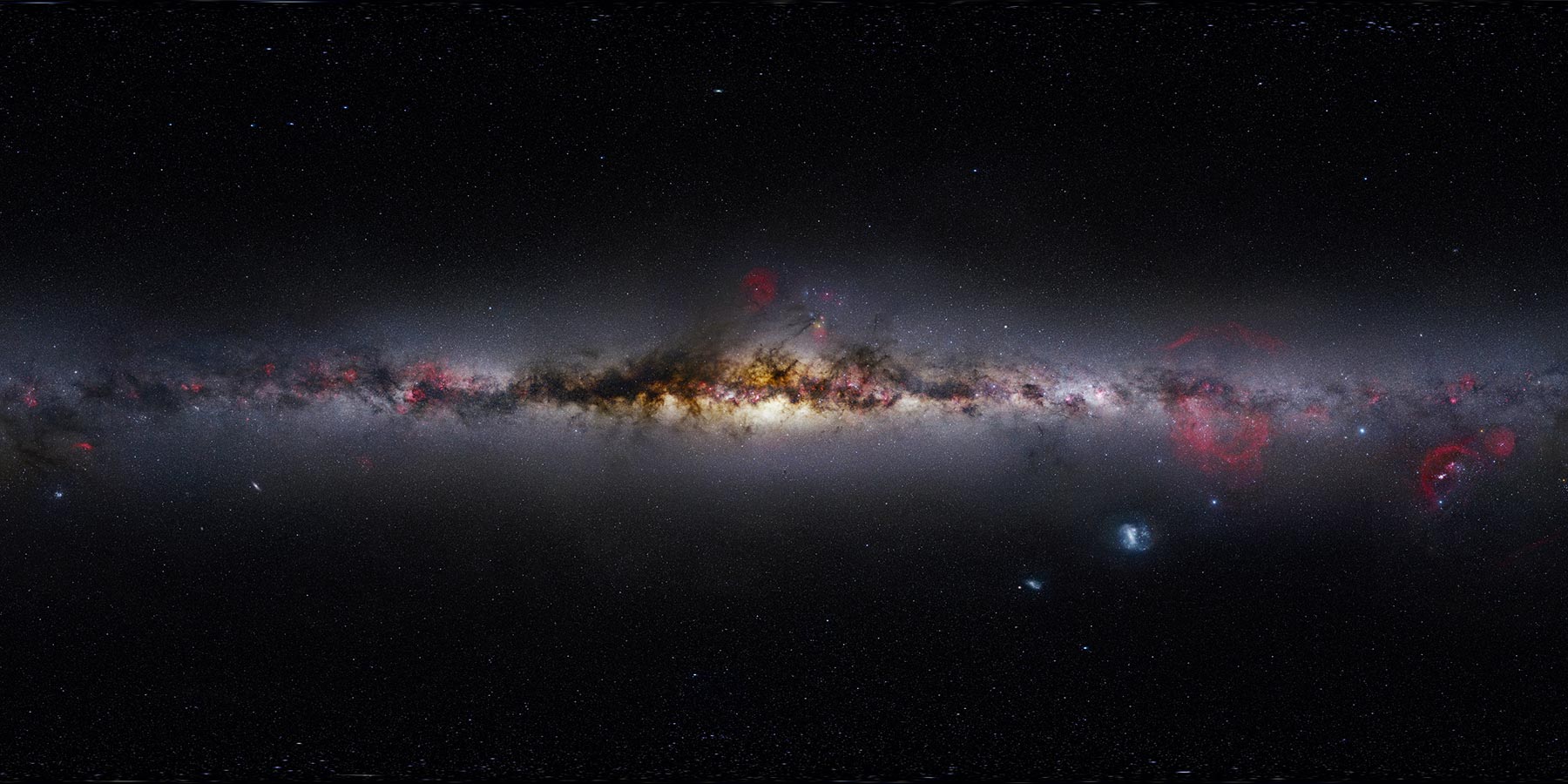 A visible light photo of the Milky Way galaxy.
A visible light photo of the Milky Way galaxy.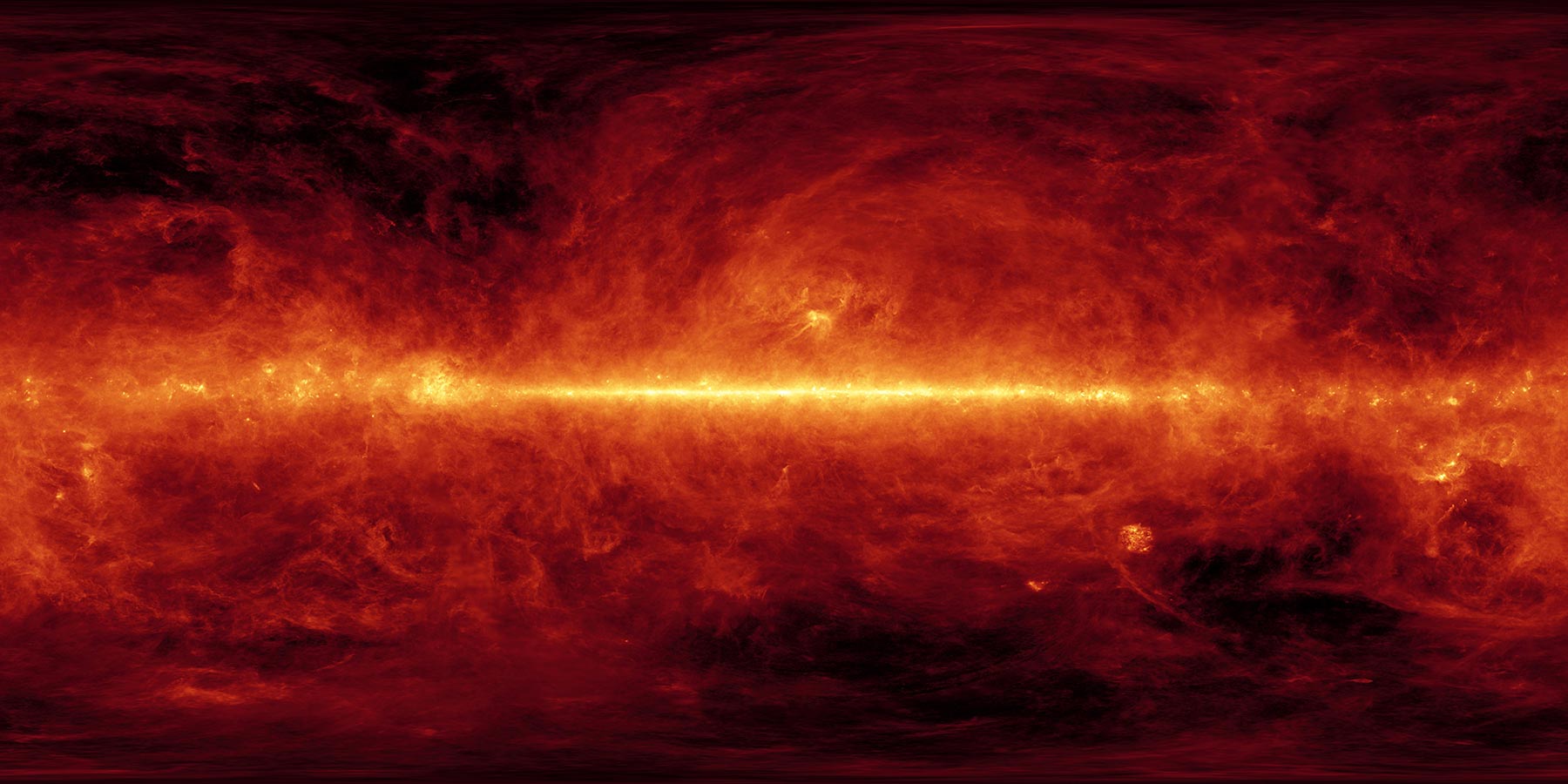 Far infrared photo of the Milky Way galaxy.
Far infrared photo of the Milky Way galaxy.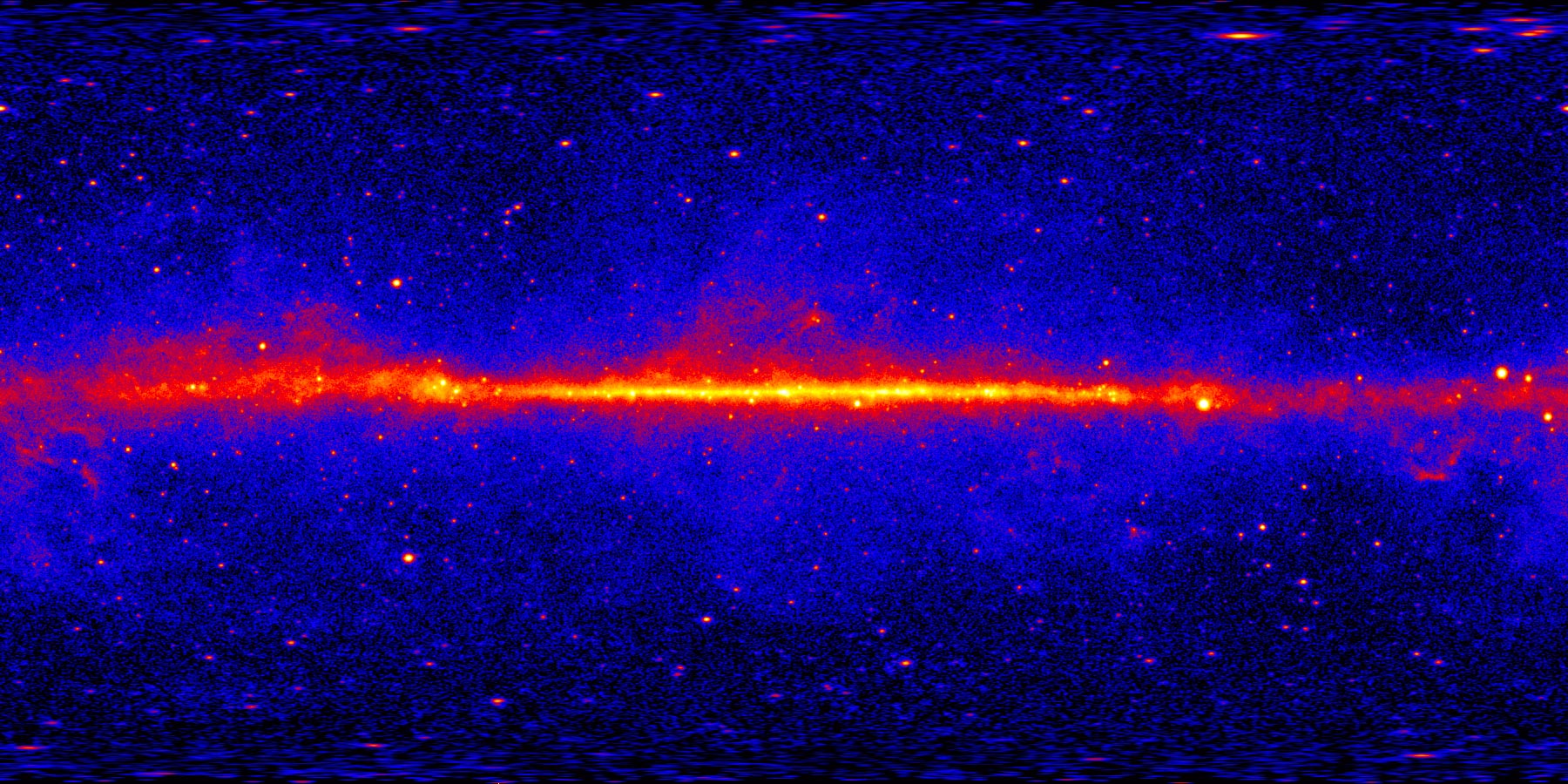 Gamma ray photo of the Milky Way
Gamma ray photo of the Milky Way
PreviousNext
6. The universe contains mysterious, invisible stuff
So far we’ve talked about things we can detect with our eyes and our tools, like galaxies, stars, and planets. These objects (and even trees, puppies, and ourselves) are all called matter. But did you know that there are things in the universe that we can’t detect, no matter what instruments we use? They’re called dark matter and dark energy.
Dark matter doesn’t give off light like a galaxy or absorb light like a black hole. Scientists know it exists because it has a gravitational pull, just like normal matter.
Dark energy is a mysterious pressure working in opposition to gravity, pushing matter apart.
Scientists still don’t know very much about dark matter and dark energy, but they are hard at work trying to find out more. Maybe one of those scientists will be you!

This is a computer rendering of dark matter. The light areas represent dark matter.
7. It takes a team of people working together to study the universe
When you think of an astronomer, maybe you’re imagining someone using a telescope to collect data about objects in the sky. Some astronomers do that—they’re called observational astronomers. But there are lots of other kinds of astronomers too! Do you like to build things? Make things work? Write computer programs? Solve equations? There are astronomers who do all different things like these.
Discover the top physics and astronomy schools based on the QS World University Rankings by Subject 2020.

If you’re looking to study physics & astronomy at a highly ranked university, the QS World University Rankings by Subject 2018 is a good place to start your search. Along with 47 other subjects, this year’s ranking features a physics & astronomy ranking which includes 500 institutions around the world, based on a methodology which assesses academic and employer reputations, research impact and more.
In this article, we’ll focus on the universities in the top 50 which have most improved their positions from last year’s physics ranking. You can view the full physics ranking table here.
Cornell University
Cornell University is up four places this year to rank joint 19th with Tsinghua University, having improved its score for employer reputation since last year. Cornell’s physics department is known for its versatile programs and Nobel Prize-winning research, with the presence of a particle accelerator contributing to its notoriety in particle and accelerator physics.
Also, the university’s Department of Astrology offers a flexible bachelor’s degree which can be customized to each student’s needs. Undergraduates can also get involved with research opportunities.
Columbia University
Up from joint 19th to place 14th among the world’s top universities for physics and astronomy, Columbia University has improved its scores for both academic and employer reputation since last year.
Astronomy has been taught at Columbia since 1757 and has formed an important part of its curriculum, with research highlights such as the first applications of photography to stellar astrometry and spectroscopy in 1863. Since 1901, 27 people associated with Columbia have won the Nobel Prize in Physics.https://737e90ccb9a20eeff70968b2089421ba.safeframe.googlesyndication.com/safeframe/1-0-38/html/container.html
Tsinghua University
Tsinghua University has entered the top 20 in this year’s physics ranking, climbing from 24th to joint 19th with Cornell. Tsinghua’s physics department was founded in 1926 and has since earned a reputation as one of the most prestigious physics departments in China. At undergraduate level, you can choose between physics and applied physics, with both programs aiming to provide you with a strong understanding of the fundamental theories and research methods in physics and prepare you for a wide range of careers.
Sapienza – Università di Roma

Italy’s Sapienza University of Rome, often called Sapienza, is up from joint 44th to 39th in this year’s physics ranking, with a much-improved score for employer reputation. Although its bachelor’s in physics degree is only available in Italian, the university offers English-taught master’s degrees such as an MSc in atmospheric science and technology, which focuses on atmospheric science from a physical and engineering perspective. Other master’s degrees available include particle and astroparticle physics, and space and astronautical engineering.
Carnegie Mellon University
In the US, Carnegie Mellon University is ranked joint 45th in the world for physics and astronomy this year, climbing at least six places from its 51-100 position in last year’s ranking. Carnegie Mellon’s physics department fosters a culture which recognizes that graduate students are the key to the department’s success and strives to provide them with a supportive community
University of Edinburgh

Ranked joint 45th for physics this year alongside Carnegie Mellon, the University of Edinburgh also climbed from 51-100, improving in three of the four subject ranking indicators. Institutes and research groups based within the university’s School of Physics and Astronomy include the Institute for Astronomy (IfA), one of the UK’s major centers of astronomical research, with strengths in survey astronomy, cosmology, active galaxies and the formation of stars and planets.
Australian National University (ANU)
Also climbing from the 51-100 range in this year’s physics ranking, Australian National University (ANU) is up at least seven spots to now rank 44th in the world for physics and astronomy, with improved scores for academic and employer reputation.
ANU’s Research School of Astronomy and Astrophysics in Australia (RSAA) is home to the Siding Spring Observatory (SSO), the largest optical observatory in Australia, and students also benefit from the problem-solving focus of the university’s physics degrees, taught by world-leading academics.
Nanyang Technological University (NTU)
Singapore’s Nanyang Technological University (NTU) is next in our look at the most improved top universities for physics in 2018, having climbed nine places to rank 38th. NTU offers BSc degrees in physics and applied physics, aiming to provide a firm foundation in the key theories of physics along with experimental training. You can also choose to specialize in your degree in either nanotechnology, optical technology, semiconductor technology or biophysics.
The University of Manchester
The University of Manchester is up 10 places this year, meaning it’s now placed 30th in the world for physics and astronomy. The university’s School of Physics and Astronomy is one of the largest in the UK, with students benefiting from facilities such as the Jodrell Bank Observatory.
The school has origins dating back to 1874 and has hosted many award-winning scientists over the years, including Professor Brian Cox OBE and Ernest Rutherford, who earned the Nobel Prize in Chemistry for splitting the atom.
UCL (University College London)
One institution among the world’s top universities for physics in 2018 deserves particular credit for its improvement this year, and that’s UCL (University College London), which has climbed impressive 11 places to now rank 33rd.
Located in the historic Bloomsbury area in London, UCL’s Physics and Astronomy Department has an internationally renowned reputation for ground-breaking research and high-quality teaching – for example, it was one of the first universities in the world to investigate space research.
UCL’s excellent teaching facilities include the Astronomical Observatory in Mill Hill, one of the best-equipped astronomical facilities for student training and research in the country.
